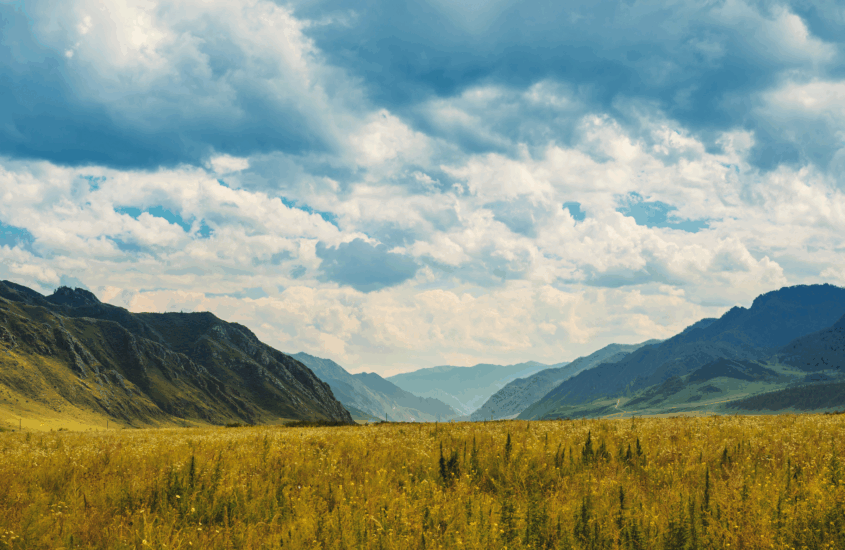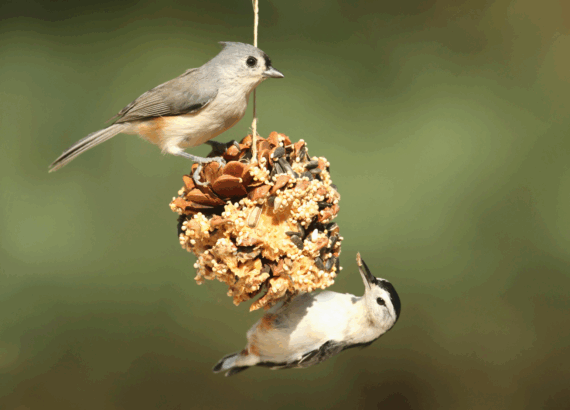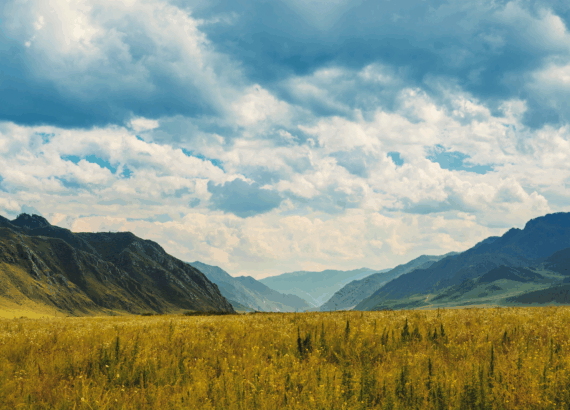10 Ways to Teach Your Kids That America’s Public Lands Belong to Them
AmericanMom Team |
In a world where most of our landscapes are viewed through windshields or phone screens, it’s easy to forget that the land is more than just the ground beneath our feet—it’s a living story. One that has been told for generations before us. Today, much of that story is at risk. Debates over public land use, the sell-off of shared wilderness, and the quiet loss of open spaces means that the next generation will inherit only what we choose to protect now.
Teach Your Kids to Read the Land
Teaching our children to “read” the land is one of the greatest gifts we can give them. It roots them in God’s creation, connects them to their heritage, and plants in them the conviction to defend what belongs to all Americans. We all need a place to claim, and when we find that place, we call it home, we do our best to make it as close to paradise as possible. When children know the land not as the dirt under their feet but as its friend, patriot, and steward, they will fight to keep it safe. They will preserve, conserve, revive, plow, plant, wild, and clean it. They will prevent anyone from destroying it.
It’s invaluable to teach kids to read the land and form a collaborative working relationship with it.

10 Ways to Teach Your Kids to Read and Love the Land
Here are ten ways to help your kids not just see the land, but know it—like you would know an old friend, a cherished book, or a family heirloom.
1) Know It by Name
Teach your children the names of trees, birds, wildflowers, and landmarks. When we know the names of things, we care for them like companions—not objects. Take time to buy the guide books, play nature-inspired games like National Parks or Wingspan, and go on expeditions for bird-watching, leaf collection, tree identification, and more.
2) The Bible and Creation
Talk about how God reveals Himself through creation. Let them experience awe with bare feet on holy ground. Be sure they are familiar with how God uses various elements, like water, throughout the Bible to reveal Himself and pave the way to our Salvation. Make the connection that we are dust returning to dust – everything God touches is sacred, which is everything!
3) Make the Land a Teacher, Not Just a Backdrop
Hike and ask questions. Watch the sky change. Observe animal tracks. Let curiosity lead. Teach that the land isn’t just scenery—it speaks if you’re listening. Use nature in your studies and daily life as much as possible. Show your children how the seasons inform our lives, how certain plants and animals can be beneficial and turned into medicine and nutrients, and the cycle of life.
4) Celebrate the Seasons Together
Mark time by what the earth is doing. Plant something in spring and harvest something in fall. Track the stars or equinoxes. This builds a rhythm that roots them in something older than any screen. Teach them about the scientists and explorers who, from the beginning of time, knew that there was something bigger than themselves out there – and the answer could be found in the very earth, its rhythms, the stars and their movements, and the wonders that surround us every day.
5) Let Them Get Dirty
Let them climb trees, turn over rocks, dig with bare hands, splash in creeks. Sensory connection creates memory—and reverence. Prove to them that there is no such thing as bad weather, just bad clothing. As they actively engage with every type of weather and all the elements of earth, they will find a deeper connection to God and His genius.

6) Tell Family Stories on the Land
Visit a family homestead, a childhood camping spot, or the place where your grandmother picked berries. Share tales of ancestors, pioneer journeys, or the first time you saw this view. When stories are rooted in a place, the soil holds memory.
7) Keep a Nature Journal
Encourage them to draw leaves, record sounds, or write little reflections after being outside. This helps them see nature as something worth noticing—and honoring. Catalogue the animals and flora in your area and then branch out to explore the different environments.
8) Teach the Art of Unrushed Moments
Show them it’s okay to stop moving and to just lie in the grass and watch the sky turn. It’s perfectly acceptable to hear the river’s language and to let nature awaken their senses instead of notifications. In a world that demands motion, stillness becomes an act of worship.
9) Let Wonder Lead
Don’t rush. Let them chase fireflies, follow butterflies, or sit in awe of a sunset. Wonder is where love begins. Field the thousands of questions and let them dig for the information and answers. Take them places where they will see new things and experience nature a little differently.
10) Make Stewardship a Family Value
Pick up litter together. Plant native species. Support local farms. Teach your children that loving the land means using it for our current health and prosperity as well as protecting it for those who come next.
The Land is a Love Story

When we teach our children to read the land like a love story, we’re doing more than passing along outdoor skills—we’re passing down a way of seeing the world. They learn that creation is not disposable, that beauty has meaning, and that every hill, tree, and river carries both God’s fingerprints and the echoes of those who came before.
And in a time when public lands can be sold, fenced off, or stripped of protection, they also learn that love demands action. Stewardship and conservation aren’t political buzzwords, they’re family values.
Someday, they’ll tell their own children about the first time they learned the name of a wildflower, heard the river speak, or planted something with their own hands. And just like that, the story of the land—and the guardianship of it—will continue.






